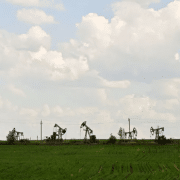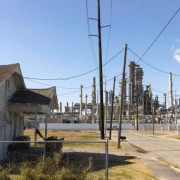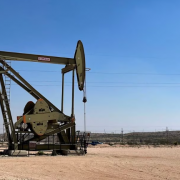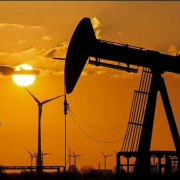Crude oil prices began trade with a gain today as supply worries returned to the table amid the rebellion news from Russia and expectations of demand growth during peak driving season in the United States.
In midday trade in Asia Brent crude was moving toward $75 per barrel with West Texas Intermediate climbing above $70 per barrel.
News about a rebellion in Russia by private military contractor Wagner added fuel to oil prices at the start of the week. The group was quick to agree to a deal ending the rebellion, basically ending it before it really started, but concern has lingered as the market watches what happens next.
“There’s a possibility of supply disruption any time you get a serious geopolitical event in a major oil supplier,” Stephen Innes, managing partner at SPI Asset Management, told the Financial Times. “It opens up a can of worms and we’re going to have to see how that plays out.”
There is also the production cut that Saudi Arabia will implement from the start of next month and that will tighten supply globally.
“An additional 1 million barrels per day (bpd) unilateral cut by Saudi Arabia, set to take effect in July, coupled with seasonally stronger demand, should help to physically tighten the market in Q3,” BIM Research said in a note cited by Reuters.
Click here to read the full article
Source: Oil Price
If you have further questions about the topic related to oil supply, feel free to contact us here.










